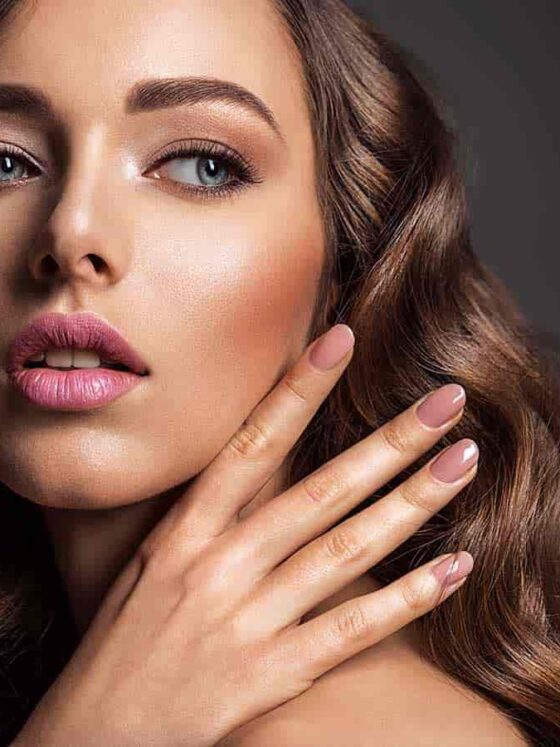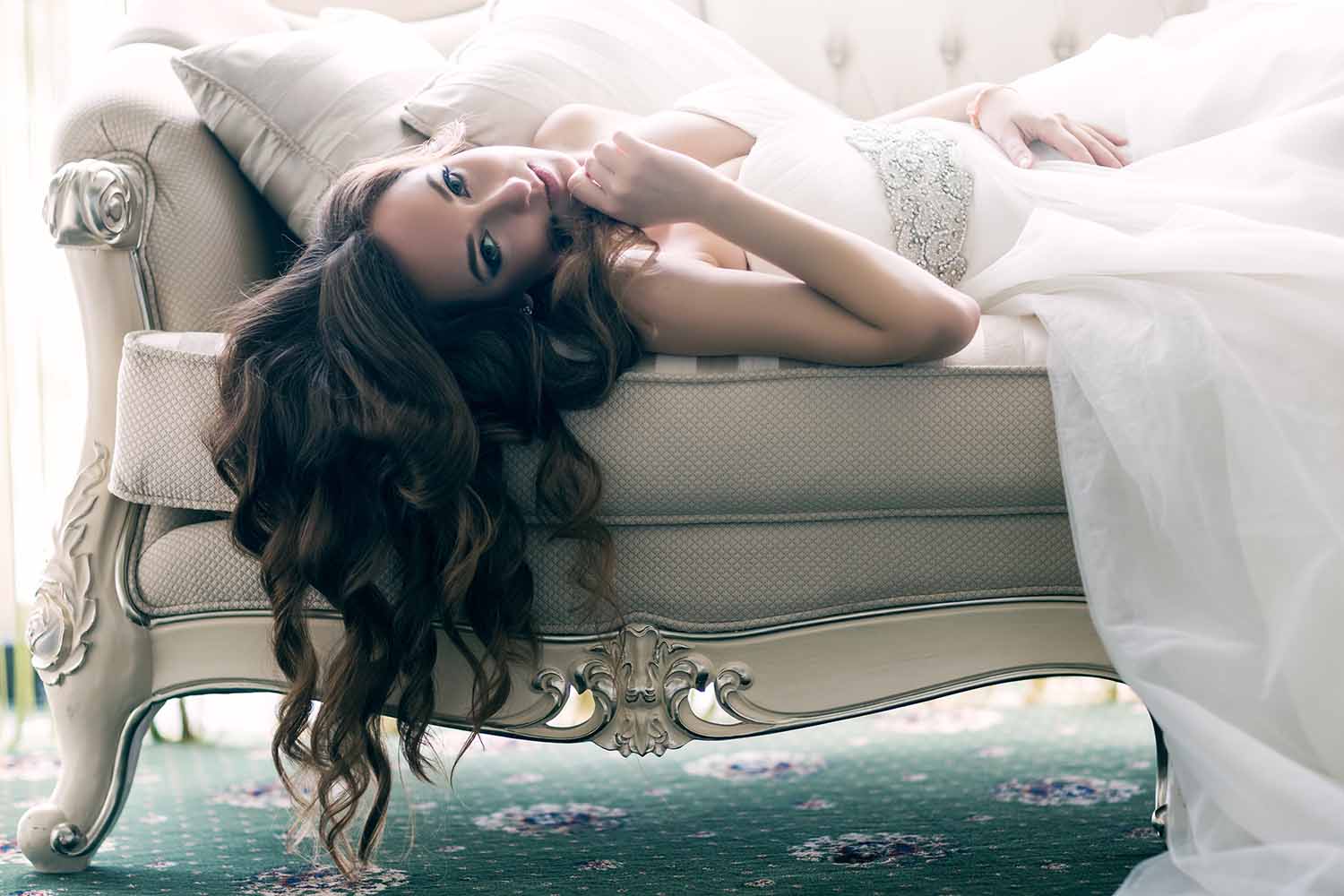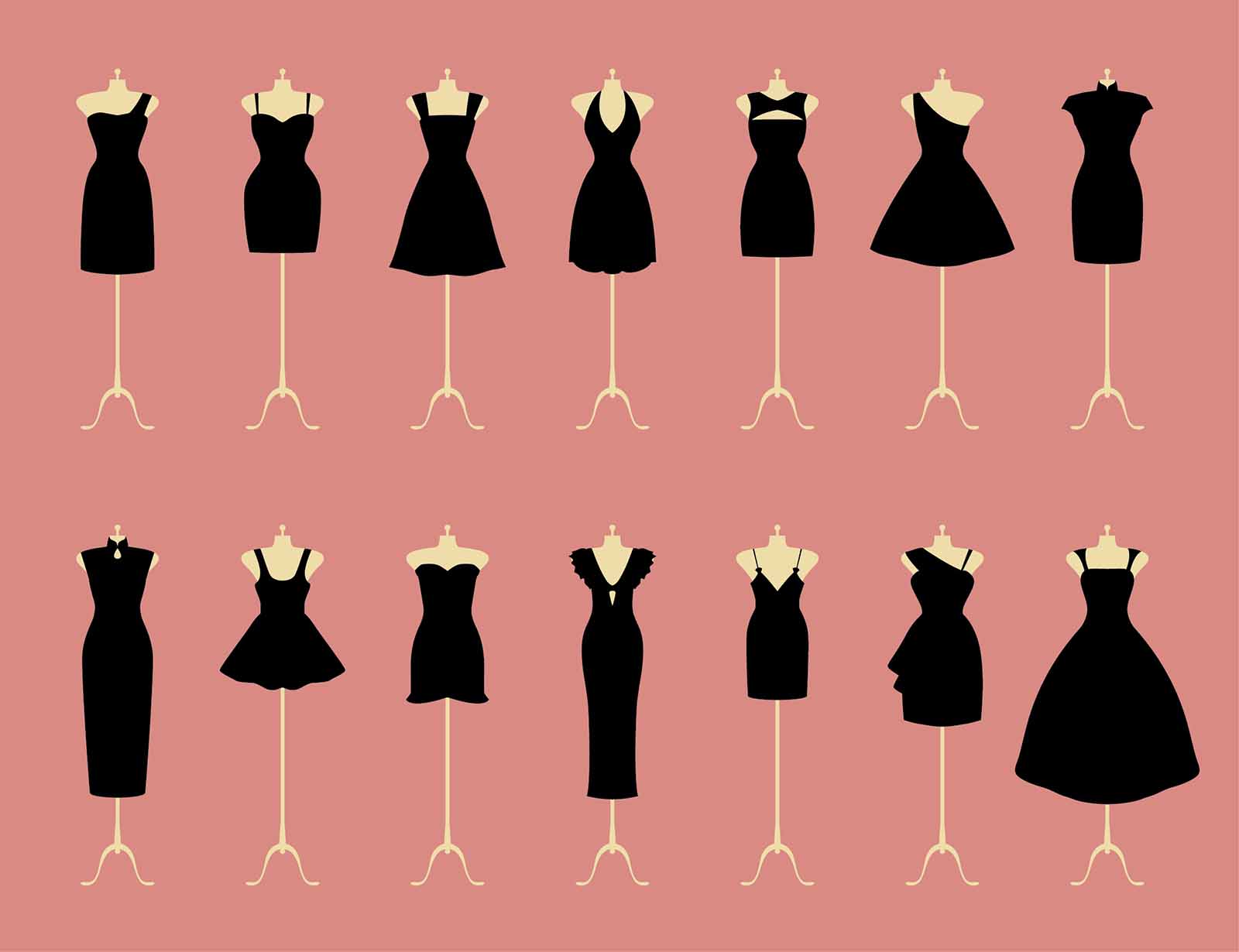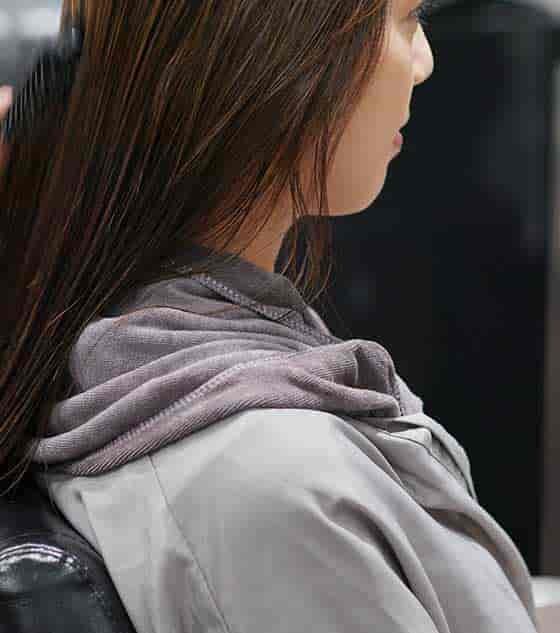Box Braids 101: How to Get the Full Look!

We have all seen the look, long, perfectly sleek braids that frame the face and add drama in the most stylish of ways. Box braids have always been a staple for African American women worldwide and have become more popular among Western women wanting to get in on this sexy hairstyle.
Typically, box braids are done using synthetic hair in order to gain length and fullness. Women who wear box braids do so to allow their natural hair to grow while still protecting the ends and usually keep the box braids in for weeks to months.
If you wonder exactly how much time, energy, and materials go into this hairstyle, then stay tuned for more information about Box Braids 101: how to get the look!
What Exactly Are Box Braids and How Did They Get Started?
A box braid is a style of braiding that uses synthetic hair weaved into natural hair for added length and fullness. Box Braids are used to assist in protecting natural hair during growth as these braids, if maintained, can be left in for up to eight weeks.
Box braids are not connected to the scalp and therefore get their name from the square shape dividing the hair while braiding creates, once completed, the scalp looks like small boxes.
Typically box braids are worn to:
- Protect from breakage and split ends
- Exposure to the sun can cause dryness
- Give chemically treated hair a break
- Allow new growth
Believe it, or not box braids were created over 3000 years ago by women in Nile Valley, Africa. Tribes would use braiding as a social activity, and patterns distinguished each tribe by social rank, age, marital status, wealth, and religion.
The women of these tribes would adorn their hair with shells, beads, and jewels to establish they were of age to marry and have children, and symbolic of their wealth and status.
Fast forward to the 1990s, and celebrities like Janet Jackson brought the box braid look into the forefront of fashion with her long, sleek braids in the movie Poetic Justice. Women everywhere ran to their salons requesting this beautiful and sexy style of braiding. After acquiring a balayage certification online your box braids would look outstanding and your hairstylist would work smoothly through the work of creating your new box braids!
What Is the Difference Between Box Braids And Braids?
There are many differences between box braids and braids; these include:
- A significant difference between box braids and braids is how they look on the scalp. While braids or “knotted braids” give the impression of coming out of the scalp, the knot that attaches synthetic to the natural hair is visibly noticeable and slightly away from the scalp.
- Another difference is in the amount of hair used in the braid itself. Regular braids that don’t have knots, the hair is braided into small pieces of the braid as it progresses. In contrast, box braids are knotted to a more significant, thick hair extension and braided out.
- Regular braids are known to be slightly more flexible in their ability to style and manage, while box braids require a small amount of time to loosen up to be manipulated.
- Box braids come in only one style hence the name, while knotless braids can come in various patterns.
Women tend to favor knotless braids over box braids due to box braids being very heavy therefore pulling on the scalp and possibly damaging natural hair. And, if you are scared of getting this new hairstyle on and wouldn’t be able to wear accessories like a fascinator, check out this article to know what is the correct side to wear a fascinator regardless what your hair looks like. Knotless braids don’t cause as much tension on hair roots because extensions are blended into the hair as they are braided, causing no damage to the hair follicles.
Are Box Braids Real Hair?
Typically box braids are done with a type of synthetic hair called kanekalon. This synthetic hair comes in a variety of shades to match the wearer’s skin tone as it cannot be dyed. Kanekalon synthetic hair cannot withstand heat or chemical altering of any kind. It is usually used in box braids as this hairstyle requires no maintenance other than conditioning and washing.
This high-quality hair synthetic fiber does not cost too much but resembles that of natural hair in its ability to move, look, and feel natural.
Some popular kanekalon hair brands are:
- X-pression Premium Original Ultra Braid
- Rastafari Original Classic Pre-Stretched 100 Percent Kanekalon
- Sensationnel 3X X-Pression Braid 84″
- 3X Ruwa Pre-Streched Braid 24” by Sensationnel
Women use synthetic hair for box braids for esthetic purposes. Usually, the desired look is fuller and longer than the natural hair. However, it is not required to use synthetic hair to achieve the box braid look. Women can use their natural hair to recreate box braids, and also this can eliminate the damage using synthetic hair creates on the natural hair root as there is far less weight.
How Do You Do Box Braids?
Creating the box braid look can be a bit expensive to get done in the salon but recommended if you have zero experience with braiding as it can be a little tricky to get the look. Explore the 8 most popular types of box braids to have some idea of what look to get!
This bohemian-inspired hairstyle can be done with or without synthetic hair; it is just a matter of preference on length and thickness.
Follow this step-by-step tutorial, and you too can be rocking the box braid look!
Materials needed:
- 6-8 packs of synthetic hair
- Rattail comb
- Scissors
- Hair clips
- Moisturizing or conditioning cream
- Small hair elastics
- Cup of hot water
Before braiding, you should always wash and condition your natural hair thoroughly. If your hair is naturally frizzy or dry, a leave-in conditioner would be the best option.
Once hair is clean, it is suggested to blow-dry curly hair straight and ensure no tangle or knots. If you have any visible split ends, these should be cut with scissors before braiding.
You will now need to make four equally divided sections of hair from your forehead to the neck down the center and ear to ear. Clip the three sections you will not be working with to ensure they do not get mixed up with the section that is being braided.
Using the moisturizing or conditioning cream, blend a small amount into the ends of the hair section you are working on first to prevent frizz.
Let’s begin braiding!
- Using the pointed end of the rattail comb, section out about a .5 inch piece of hair above the ear for a medium braid and approximately a two-inch section for a thicker box braid. Once you have your selection of hair for the first braid, tie the rest of the hair out of the way.
- Using two inches of synthetic hair, break into three sections, stagger between pointer/middle, middle/ring, and then the third section between ring/pinkie fingers.
- Set aside one of the three sections close by for braiding later. Make one of the two sections a little thicker and then form a loose loop with the thinner piece hanging over the thicker.
- With the palm of your hand facing forward, hold the middle part of the synthetic hair with thumb and pointer and then place the section over the natural hair at the root. Make sure the natural and artificial hair is lined up.
- At this point, there should be three strands of hair. Your natural hair is in the middle with two strands of synthetic on the outside and one in the middle with your natural strand.
- Make sure you have a firm grip of the synthetic hard to avoid slipping off as you begin the braiding process.
- To begin braid, make sure to braid fairly tight at the scalp and pull the outside hair into the middle section. As you continue down, reach underneath to pull hair from the outside and bring it into the middle.
- Once the braid is complete, you may need to use an elastic to ensure it doesn’t come undone. If your hair stays put with a braid, it is recommended not to use elastic as they can cause added frizziness to the hair.
- Continue this piece by piece until all of the hair is braided. This takes a lot of patience and time, so taking breaks in between or asking a friend for help is suggested.
- If there are any visible flyaways when braids are done, use scissors to cut them away
- Dip ends of braids into a cup of hot water to seal the hair.
Tips for keeping braids healthy and clean:
- Wear a satin scarf over your braids when sleeping
- Massage oil into your scalp and braids
- Shampoo scalp a couple of times per week to prevent itchiness
- Make sure not to get braids wet as it can cause frizz
It is recommended to remove braids after about ten weeks to minimize damage to the natural hair and wait a little while before getting box braids again.
How To: BOX BRAIDS For Beginners! (Step By Step)
Here is the step-by-step tutorial found on YouTube for those who need a bit more of a visual to help them get started.
How Can I Make My Box Braids Look Full?
Getting a fuller look for your box braids relies on two things, using thicker sections when you are braiding and the kind of synthetic hair you use.
Using thick two-inch sections of synthetic hair instead of a half of an inch can make your box braids look and feel fuller. Also, purchasing high-quality synthetic hair that may cost a little bit more can give your braids a more natural, sleek, and fuller look than a thinner, cheaper synthetic brand.
Final Tips for Getting the Right Box Braids Look
A valuable tip for getting the right box braid look is all about the pre-prep you do on your natural hair before braiding begins.
Since box braids do not lay on the root of the hair but rather are shaped into very precise squares along the scalp, eventually, as the hair grows, it will become evident.
Pre-treatment of your natural hair and regular maintenance as it grows will ensure the signature box braid looks well-kept and healthy as the hair grows. A protein treatment should be done to unwashed hair for at least thirty minutes.
You should then shampoo the scalp thoroughly and set a deep conditioning treatment for fifteen minutes with a cap and under a heater to ensure the product penetrates.
When braids are in, you should always use natural oil on the braids and scalp several times a week and cleansing the roots. Make sure if you do use shampoo and water not to get the braids wet as it can cause excessive frizz.








